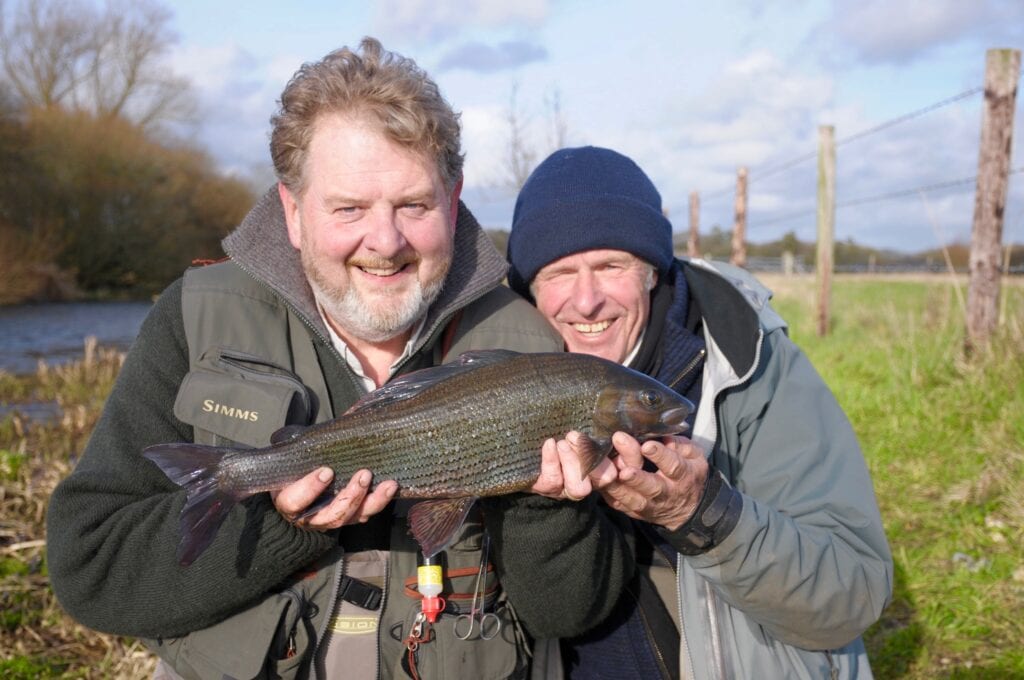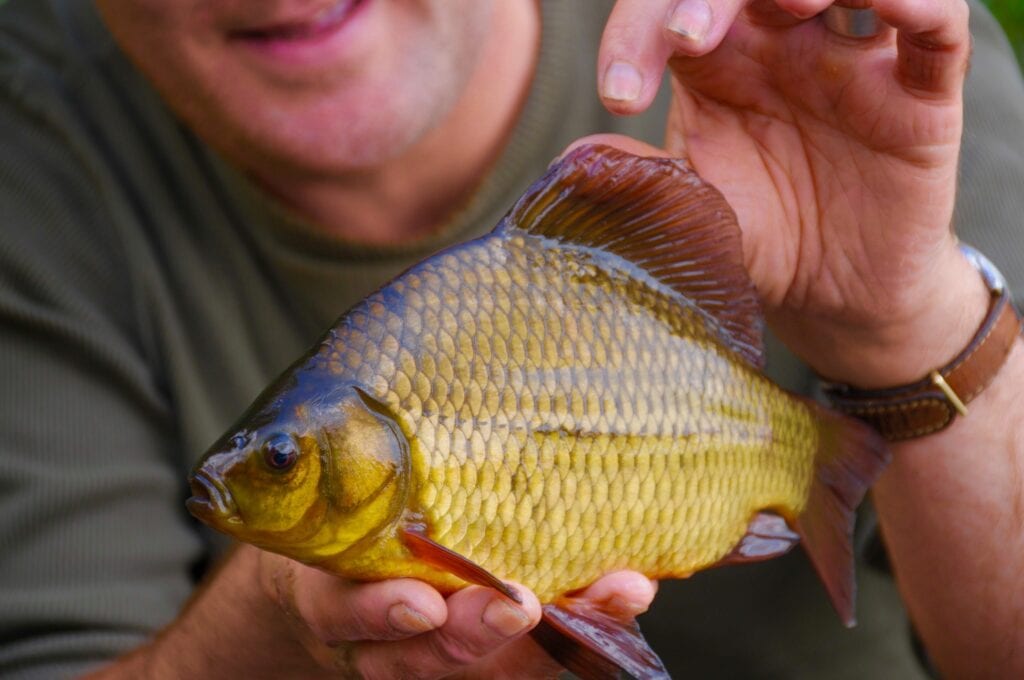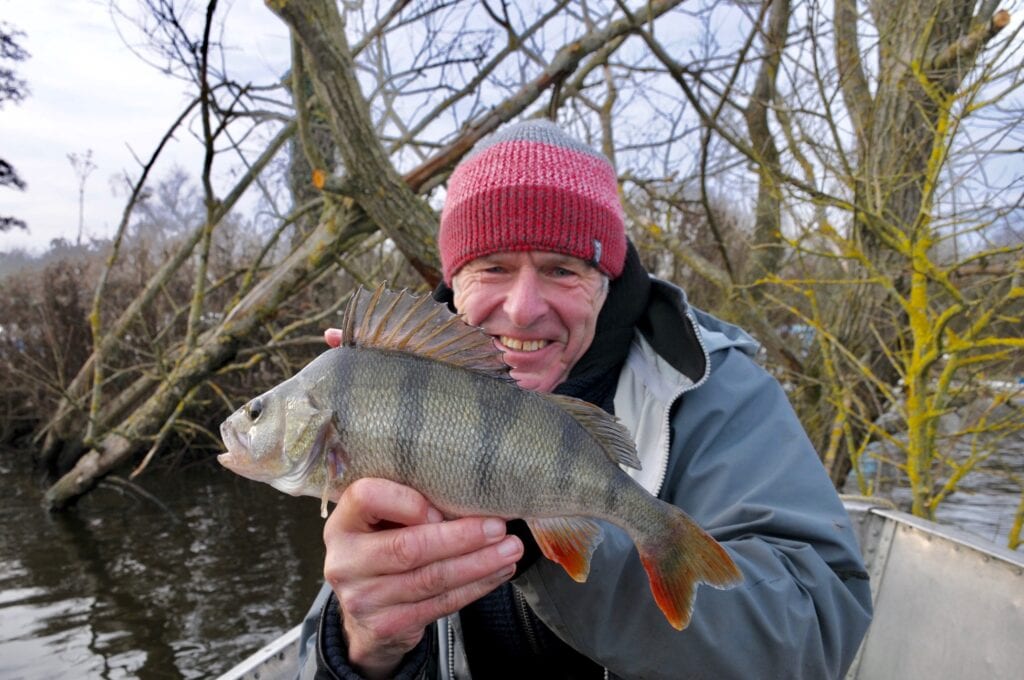As I have been chortling on about, the feedback from my lockdown offering on My Great Anglers has been gratifying (many thanks again all of you), so I’ll chance my arm with No2, My Greatest Captures.
A few things from the very start. First, I’m including fish I have seen caught by friends and guided clients, as well as my own. I take the view that seeing a serious fish caught is what it is all about, whoever lands it. Being there, being a part of the action, is the important issue.
Second, do not expect an array of amazing pictures. Some of these captures go back a long way, and the trannies have been lost in my many and various house moves. Also, as I am moving again and living in a shoebox cottage, most of my piscatorial history is in storage and unobtainable.
Third, I am being hugely picky. Because of what I do and how long I have been doing it, because of the places I have been and the anglers I have fished with, I have witnessed an extraordinary number of big fish and to list them all would take us through the next ten lockdowns… pray to Izaak there are not!


My grayling memories are so clouded by this capture that drew so much hostility
from two erstwhile friends that I decided to omit mention of it


a friend lose a fish of five pounds plus. What a tale that would have made
LIFE-CHANGING
As a result of this, I am not including my first fish capture stories. We read a lot of these, and whilst they are touching and important to the author, they tend to be personal and of little wider interest perhaps?
I’m only looking at fish captures of great merit, in my book, that is. Fish that have fallen after great campaigns are an example. Fish that have been the result of serious angling watercraft, or opportunism, I have considered, along with fish that have been defining in some way, captures that have been literally life-changing. I know how pretentious that sounds but think of Walker and Clarissa, and you’ll know what I mean.
I’m also having to discard fish caught by accident, no matter how noteworthy. An example would be James Buckley’s 14 pound Wensum barbel of a few years back, taken on trotting gear. This was an extraordinary, unexpected fish from a dying river, but we were after dace at the time and no matter how brilliant James was in the battle, the fish can’t count as one of my ‘Greats’.
Summer 2020, great pal JG caught an unknown, completely wild common carp of 47 pounds whilst I was landing an equally glamorous fish of low 30s. It’s a great memory for the two of us, but there is no sub-plot to qualify it as ‘Great’ for us all.
DREAM ROACH
Having got the biggest preamble on earth out of the way, I’m going to actually begin with two fish of my own, my 3.02 roach of 1977 and my 3.10 roach of 1988… I might have got dates wonky throughout this piece too, as my diaries are in store as well.
The first fish fell after five-plus seasons of fishing 180 nights year to make the three-pound target. By then I had weighed over 100 2.10-plus roach and this fish fell after thirty three blank winter night attempts. It was a case of right water, right method, and right mindset. There were a hundred hoops and hurdles along the way, and to me there is still something Holy Grail and heroic about the whole quest.
The 3.10 (really 3.13 – I was teaching at the time, and the next day I had my scales checked by the science department and they weighed light) was largely down to Roger Miller, my long-term angling partner of the time. It was Roger who persuaded me to return to this stretch of the Wensum after some ten years away.
He felt there might be monsters still surviving there, and after a protracted campaign that fish, and several other threes, proved him right. But, until my present Roach Obsession Diaries, that was it. I have not been back. That fish was the culmination of a lifelong dream and as such, deserves its place in my personal list of ‘Greats’.


have been near-misses and lost monsters
THE MIGHTY MAHSEER
Next up, I’m afraid is me again! I’m going back to 2003 (?) and my 100 pound Indian mahseer. (In those days, I was not overly keen on weighing fish, for various reasons, and as the scales were way back in camp, we let it go unrecorded. Anthony, my guide, called it at between 45 and 55 kilos and I had never known him to be far out. Also, the fish was a recapture of a mahseer properly weighed at 100-plus, so I feel reasonably easy with the claim.)
In any event, it was the capture that was the element of greatness and most of this was down to Anthony. It was all coracle work in those days, and on our evening trips downriver and back to camp, we had seen a huge mahseer seemingly resident on the lip of water above the fearsome Kengal Rapids.
On the fourth night, Anthony let the other coracles pass us by, so the coast was clear and we had the Rapids to ourselves. He hooked me up with a small deadbait, tested the 50lb line and the knots, and then screwed down the clutch of the multiplier with my Leatherman. Not an inch of line must that fish take, Anthony warned me, lest it got into the Rapids which were too lethal for us to follow any fish.
Dusk was settling, elephants coming to drink would soon force us off our rocky outcrop, and the fish took with minutes to spare. For ten minutes, the battle raged this way and that. The mighty fish thrashed on the very cusp of the Rapids, and the rod was so compressed that the line cut chunks out of the rod butt. My hand was clamped around the multiplier that gave spurts of grudging line, cutting my fingers to bleeding ribbons. But we held on, Anthony clasped around my waist, both of us roped to the rock.
Then, suddenly, the giant gave up, and came in like a great, golden lamb. I rate this fish as ‘Great’ because of Anthony’s master plan, because of the battle itself, and because that fish was the culmination of all my personal ambitions in India. I had wanted a tonner for the fourteen years or so I had been travelling to the subcontinent and I had done it. After that I could concentrate purely on the fortunes of those anglers I was leading, and apart from a couple of 40s and 50s over the next decade, that is what I did.
KINGFISHER TENCH
Now I am home again, back in sleepy old Norfolk. It is 2007 (?) and I am with best friends JG and Pingers. JG and I have been fishing at Kingfisher for tench since dawn and we have had a few fish to big sevens. We have been feeding a part of the swim for Pingers, who we know is due to arrive at 7.00am. He is on time, and by 7.30am he has landed an 8.08 male tench.
Within ten minutes of that, we are looking at a 10.07 female, and the following cast gives him a tench of 10.14. I unhook it and look at it three, four times, just to ensure it is no leather carp. But why do I include this trio of fish, when after all, Pingers to some degree rode on JG’s coat tails? This particular morning was epic for us is the reason.
My tenching life had been wholly based around the estate lakes of North Norfolk from the early Sixties to the early years of the new Millennium, when the newly-returned otters decimated one venue after another. If we were to continue to catch tench, I realised we would have to move onto the big, forbidding pits to the South of the county. For three years we made our way, slowly progressing, learning how differently pits work. These three fish owed nothing to fortune, but to good hard angling knowledge accrued the hard way.
SCOTTISH FEROX
When I was fourteen, I was given BB’s Fisherman’s Bedside Book and I fell in awe with Ferox, the great predatorial brown trout of the Scottish lochs. From 1977 I began to make the long journey North on an ever more frequent basis, and by September 1989 I was on my twenty first (?) journey.
I had just returned from filming Casting For Gold in the Himalayas with Paul Boote, an event that had changed the way I felt about fishing and how I saw myself. Late in the month, I was on Arkaig with friend Christopher Bennet, and we were trolling baits at the bottom end of the loch over about eighty feet of water.
We were using my boat, my engine, my gear, and my knowledge, and Chris caught a 12.12 ferox, the first big fish I had seen landed. What makes this fish ‘Great’ for me is that I was overjoyed at the capture, whereas three months previously I would have felt devastated and cheated.
My trip to India had taught me to understand that no one can be King or Queen of the River every day, that success goes and comes around, and that jealousy has no place in our sport. India made me realise the privilege it is to see an extraordinary fish, whoever might have caught it. India and that ferox combined to change my life.
WYE BARBEL
I’m going to mention three more captures in slightly less detail. We go back to 1988, and a summer dusk, and I am walking down the Wye. Great friend Peter Smith is on the shallows above the Tyre swim and he has caught an 11.02 barbel. You wouldn’t think twice about that now, would you, but over thirty years ago it was a massive deal.
This fish, for our band of merry men, was the awakening of the Wye. In the Eighties, Roger Miller, Peter Smith, Bob James, Chris Yates and I had fished the Wye like dervishes for barbel, then a species only suspected in the river. This was another Holy Grail-like quest, and it was Peter’s fish that gave us belief in the river.
This was a colossal breakthrough for us, the beginning of a love affair that burns bright to this day. Peter’s barbel was an example of brilliant angling too. He had noticed small depressions of clear gravel appearing freshly every morning all along the shallows. Peter reasoned that something was coming out of the deeper water to feed as the light values fell, and that is where he positioned himself that fateful evening.
His watercraft changed our lives and, to a small degree, even the face of barbel fishing in this country perhaps?
DRIFTING FOR PIKE
My 36.06 pike from Kingfisher lake in 1983 (?) is significant for two reasons. Firstly, I caught it on a drifter float, an Eddy Turner brainwave that was bright-eyed new at the time. I had an inkling there were big pike at a hundred yards-plus, and Norwich tackle dealer Dave Plummer told me how to fish the drifter and get a trout livebait out there.
The huge float earned me plenty of banter but I didn’t care a jot, and the fish is a good example of a specialist angler exploiting every opportunity. But for me, that massive fish led me to embark on a pike journey that has taken me to endless waters where I have witnessed far bigger fish than mine.
My angling life has been enriched by the sight of Jonny Jensen’s 47 pounder, Neill Stephen’s 42 and endless fish between 40 and my 36. A 35 pound-plus pike is one of the great creatures on the planet, and my 36 taught me that.
FELBRIGG RUDD
Lastly, (I have to draw the line somewhere) I make mention of my 3.10 rudd caught from Felbrigg Lake in 2002 (?). I had “discovered” this North Norfolk gem in 1973 when it was entirely unfished, and thirty years on, when it was well known, this was my ultimate reward.
Considering the many hours over three decades that I put into the quest, this was a ‘Great Capture’ for me, but that is not quite why I include it. Make no mistake, at times in the 40 years I fished Felbrigg, this was the rudd Redmire of the country. I have no doubt there were four, perhaps five pounders present at periods, and one such fish I saw caught.
These were great, historic fish from a glorious estate lake, and I include them for the salutary lesson they teach. As this century has progressed, this historic population of iconic fish has been allowed to decline drastically, probably to the point of no return. Those that run the estate have been deaf to calls to do something, anything, to deter catastrophic predation and what money that has been spent on the water has been frittered away.
This last ‘Great’ fish of mine is a great reminder we can never take fish populations for granted, and that natural waters have to be treated with love and understanding.



















